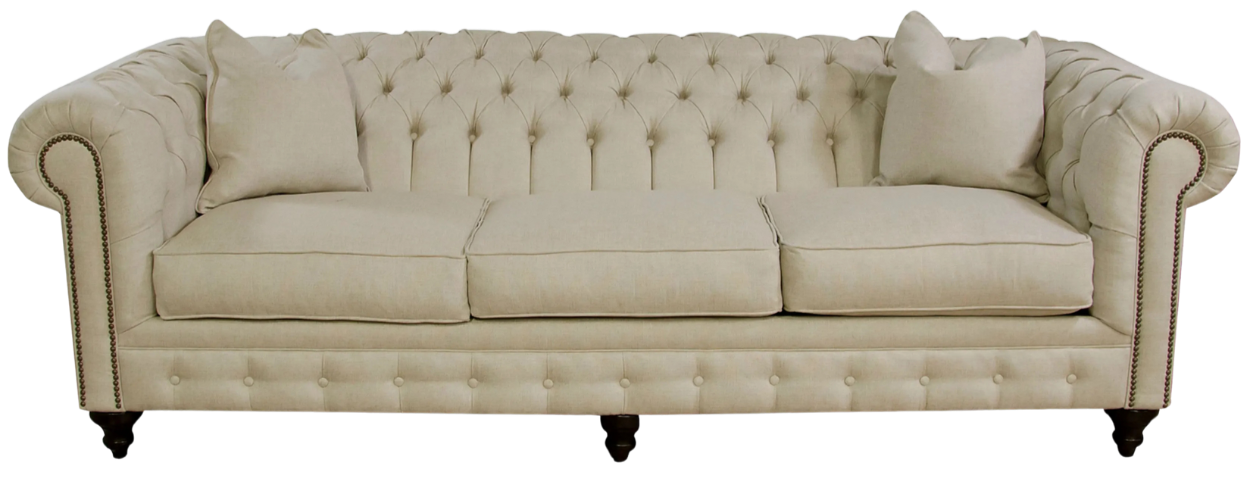Your Cart is Empty
RUGS
FURNITURE
Mistakes to Avoid When Choosing Interior Rugs

Photo by Patrick Perkins on Unsplash
Nothing makes a statement in a space like a well-appointed rug. It’s the largest single design element in a room (aside from the walls of course) and can really pull a look together when curated and placed properly. However, being such a bold presence in a space means that a poorly chosen rug can have the opposite effect; making a room feel small or disjointed. With so many options available on the market, finding the right textile for your living area or bedroom can be daunting, paralyzing even. All hope is not lost though; follow these simple rules and warnings to avoid common mistakes and guide you to the right pattern and size for your design.
Sizing a Rug
One of the most common mistakes when choosing a rug for a space is undersizing. There’s a good reason for being partial to a smaller rug; they simply cost less. But what you save in cost, you will lose in atmosphere. A textile that is too small will make the room feel smaller. It can also look awkward when it does not properly cover the furniture-your rug should be large enough to cover at least the front legs of chairs in a living area, and wide enough for chairs to slide out from beneath a table in a dining room. If it’s a bedroom you are designing, make sure the piece extends at least two feet beyond the sides and foot of the bed; this will be aesthetically pleasing, and also provide a softer landing for your feet first thing in the morning.
If going with a larger patterned rug is prohibitively expensive, consider layering by purchasing a more economic neutral one in a natural material such as a jute or seagrass that is big enough for the area, then placing the smaller patterned rug over it. This creates an interesting contrast but is not so bold as to overwhelm a motif.
 Iman Ima-03 Ivory/LT. Grey
Iman Ima-03 Ivory/LT. Grey
When to Choose a Rug While Designing a Space
Another common mistake involving rug selection is going shopping for it late in the design process. Being such a dominant element in a room, a rug should be the first thing chosen when curating a space (not to mention when going this route, you only have to move the furniture once). It’s easy to get swept away while appointing design elements for a new space; choosing items willy-nilly as you come across them. However, for sound, cohesive results the first time around, make the trip to your favorite house of textiles (or ebay) at the start.
Mixing Patterns
Most people-even professional designers-shy away from mixing patterns when curating textiles for a room. For good reason, these are murky waters, things can go wrong very quickly. There are, however, some simple rules that, when observed, will provide the opportunity for a vibrant, lively aesthetic.
First, there must be a common thread among the various patterns. This is not to say they must match-in fact too much similarity can be disastrous as well-but one simple theme among the elements such as color, style, or pattern shape (geometric, minimal, Art Nouveau, etc.). Second, be sure to mix the scale up; having one larger piece such as the area rug covering most of the space, with smaller items like throws and pillows or even a secondary, smaller rug. Also, pay attention to texture; this is a subtle factor in a pattern that can make or break the look when everything comes together. For example, a rug with a tall pile paired with shaggy textiles such as wool or sheepskin can be over the top. If going with a woolly floor textile, choose more restrained materials for other items or vice versa. Finally, relax and have fun with it! After all these will be pieces you choose which will (usually) result in continuity.
 Dorado 01 Grey/Ivory
Dorado 01 Grey/Ivory
Right Rug, Right Place
One last thing to consider while shopping for an interior rug is the nature of its environment. Will it be in a dining room where there is potential for hors d’oeuvres and drinks to be spilled? Or is it going in a parlor that only receives occasional use. Choosing the right textile made from the right material is important relative to how much traffic or abuse it is likely to endure. Look for a rug made from a tougher material with a low pile that is easier to clean for a well-used living or dining room. Save the handwoven Turkish kilim for an area like a bedroom or office where it will be relatively safe from coffee and crumbs.
Hunting for an area rug can be one of the most enjoyable parts of the design process; after all it will play a major role in defining the aesthetic of your space. It can also be overwhelming with the multitude of options available. Use this simple guide as a set of boundaries to help narrow your choices and focus your attention for an enjoyable, stress-free quest for that perfect floor covering.
Find the right rug for your space with our collection of quality rugs, sourced from the best silk, hemp, jute, synthetic and wool area rugs around.
